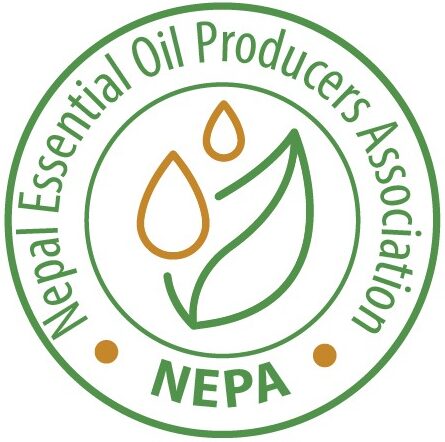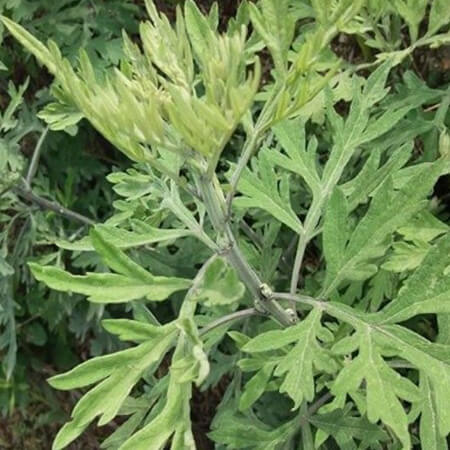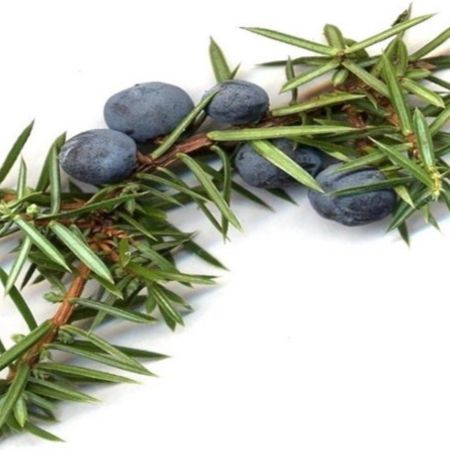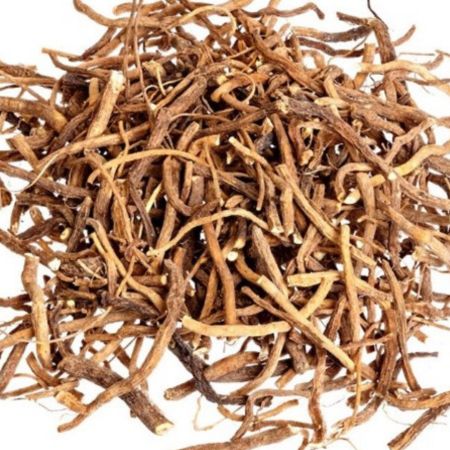Bojho (Sweet Flag)
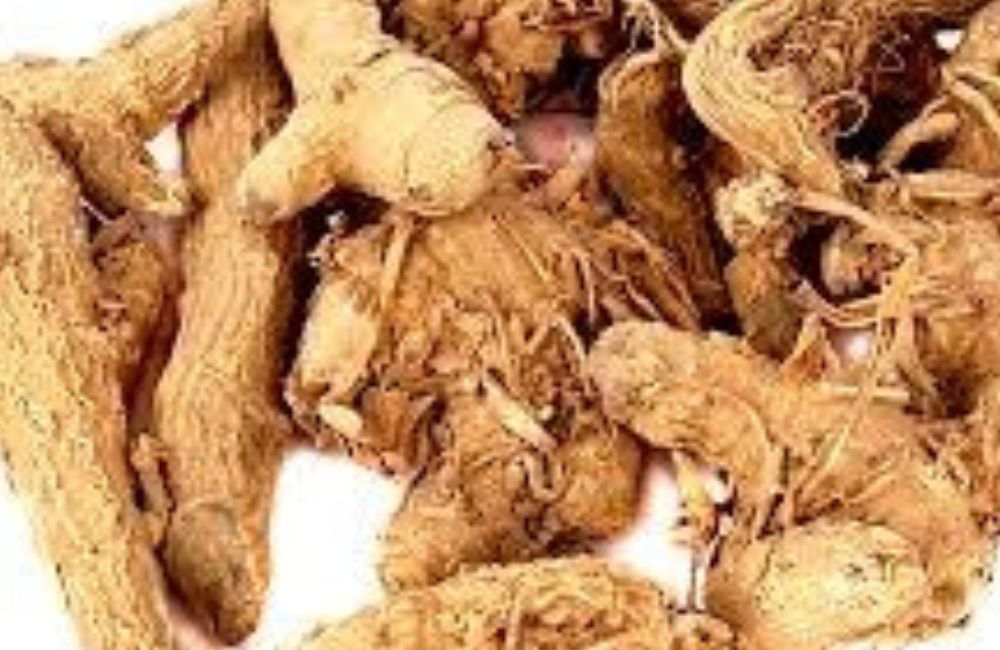
Essential Oil from Kachur
Kachur Oil (Kachura Oil)
Scientific name –
Curcuma zedoaria
Uses
- Medicinal:
- Anti-inflammatory: Used for its strong anti-inflammatory effects to treat conditions like arthritis, muscle pain, and inflammation.
- Antioxidant: Known for its antioxidant properties, it helps to fight free radicals and slow down the aging process.
- Digestive Health: Promotes digestive health and is used to treat issues like indigestion, bloating, and nausea.
- Skin Care:
- The oil is often used in skin treatments for its antiseptic, antifungal, and antibacterial properties, aiding in the treatment of skin infections and acne.
- Wound Healing: It helps in speeding up the healing process for cuts, bruises, and skin irritations.
- Aromatherapy:
- Known for its calming and stress-relieving properties, it is used in diffusers or as a topical application to promote relaxation.
- Hair Care:
- Used in hair care products for its antifungal properties, helping treat dandruff and promoting healthy scalp conditions.
- Traditional Uses:
- In Nepalese culture, Kachur oil has been used in traditional medicine for centuries, particularly for respiratory issues, digestive disorders, and pain relief.
Sourcing
- Wild Collection:
- Mostly sourced from wild-growing plants found in the hilly and subtropical regions of Nepal.
- Cultivation:
- Some areas are beginning to cultivate Curcuma zedoaria to ensure a steady supply for medicinal and commercial uses.
- Sustainability:
- Efforts are made to regulate harvesting to avoid depletion of wild populations and to ensure sustainable sourcing
Composition
Main Compounds and Approximate Percentage:
- Zedoarone: 40-50%
- Curcumin: 10-20%
- Turmerone: 5-10%
- Beta-caryophyllene: 5-7%
- Camphor: 3-5%
- α-Pinene: 2-3%
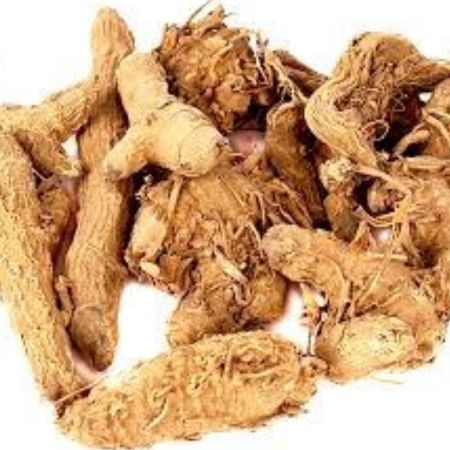
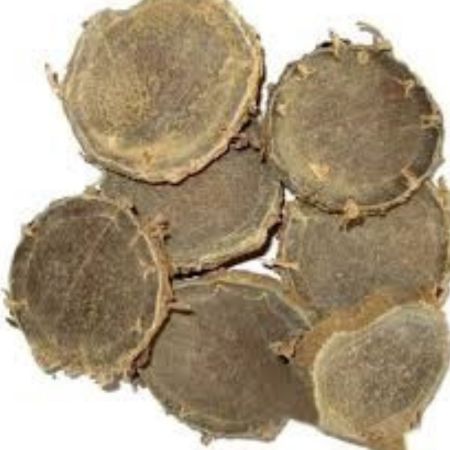

Availability in Nepal:
- Altitude Range:
- Found primarily at altitudes of 1,200 to 2,500 meters above sea level.
- Regions:
- Ilam
- Dhankuta
- Syangja
- Kaski
- Rasuwa
